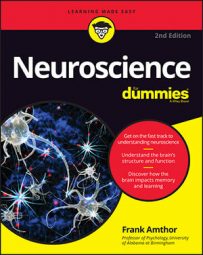- Local reflexes are those that primarily involve contraction of a single muscle, such as a flexor like the biceps that contracts when, for example, you touch something hot. The circuit for this action consists of the neurons in your fingertip that contain the temperature sensor for heat. These contact spinal cord interneurons in the dorsal root area of the spinal cord. These interneurons activate motor neurons in the same spinal segments, which cause contraction of muscles that withdraw your finger.
- Coordinated movement involves receptor connections through interneurons to other spinal cord segments. When you throw a ball, mechanoreceptors in the skin of the hand work with proprioceptive and kinesthesis receptors associated with muscles in your fingers, hand, arm, and shoulder. Even your leg muscles are involved. Locomotor activities like walking also require coordination between spinal segments so that you do not, for example, try to move one foot before the other has hit the ground. Receptor output from any one segment in the spinal cord can project up or down to other spinal cord segments for coordinated activity of multiple muscles.
- Messages from skin receptors are also passed to the brain where you become conscious of them. There are two major pathways, the lemniscal pathway and the spinothalamic pathway. Both of these pathways lead to the ventral posterior nucleus of the thalamus on the opposite side of the body from the skin receptors, following the nearly universal principle that the right side of the brain deals mostly with the left side of the body, and vice versa.

